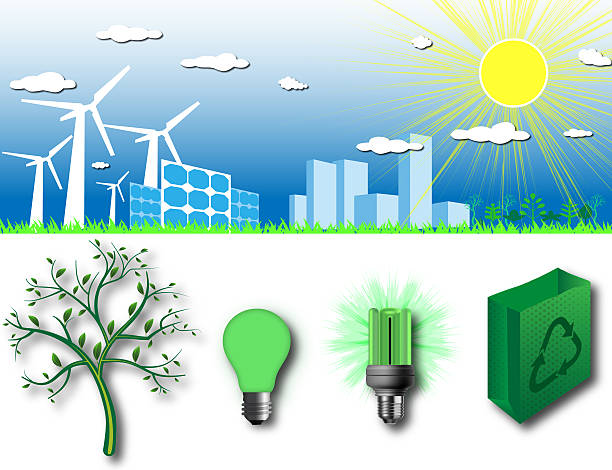
There is a lot of work involved in getting power. It goes beyond just generating and transmitting electricity to the customer. The U.S. electrical grid must be constantly monitored and controlled to ensure that customers can access power reliably. Grid operators are responsible for managing electricity supply and demand in the electric Grid by performing various “grid service” activities. These services help maintain system balance and better manage electricity transmission.
Solar energy is now a significant contributor to the Grid, accounting for up to 15% in some states. Grid operators can now benefit from research that shows solar’s capacity to deliver grid services. When solar energy is more prevalent on the Grid, it can be difficult to balance supply and demand when solar production peaks in the daylight and then drops at night. Grid operators need to balance generation and load and respond quickly to grid disruptions to provide Americans with reliable access to electricity 24 hours a day.
Grid Services 101
Grid services are similar to regular car maintenance to keep it running smoothly. They help maintain and improve power flow and the quality of electricity in the Grid. These grid services help to ensure safe electricity delivery and usage by establishing backup power options, mapping out major power loss recovery strategies, and implementing them. Grid services such as generation reserve management, black start operations, and voltage and frequency controls ensure system reliability.
These services, sometimes called “ancillary services,” have historically been performed by central generators to facilitate the operation of electricity production, transmission, or distribution. Ancillary Services are designed to handle unpredictable loads, regulate voltage and frequency, and allow quick recovery in case of faults or outages to maintain system reliability. The U.S. Department of Energy Solar Energy Technologies Office and the Power Electronics program are supporting research that could unlock new ways for solar to contribute to grid reliability and stability.
1. In Sync
Voltage and frequency control is required for North America’s alternating current (AC) power grids. The frequency levels may fluctuate with energy demand and supply fluctuations, but they must remain within the required limits for safe, reliable, and adequate power flow. Customers could suffer from poor power quality or damage to electrical equipment if voltage and frequency are not regulated.
The National Renewable Energy Laboratory, with funding from the Energy Department Solar Office, worked with California Independent System Operator (CISO) and First Solar to create and validate a grid-service testing plan, which is similar to the grid-service tests that are typically used to commission conventional new generation plants. This testing included a photovoltaic plant’s ability, known as automatic generation control signals (AGCS), to accurately follow other generators to compensate for load fluctuations caused by sudden changes in power. The advanced testing showed that by using enhanced inverter control, the 300-megawatt PV power plant could react quickly to changes in load and have a regulation accuracy nearly 30% higher than traditional generation plants. This resulted in system-wide benefits.
This project, which is still in testing, helps unlock new grid service capabilities from large solar plants.
2. On-Demand Energy
Utility companies may use spinning reserves to meet sudden fluctuations in energy demand. This is done using the power already online and synchronized with the Grid’s frequency. On-demand, on-call power must be readily available and ready for use in just a few moments.
Concentrating thermal power plants also offer similar benefits due to their thermal energy storage system and spinning turbines that provide grid stability and inertia. The power generated can be used to respond to unexpected grid outages or reduce solar production during the evening.
3. Rebooting Grid
Grid operators are responsible for safely restarting the system after a natural disaster or cyberattack that causes an outage. Grid operators must manually perform this process, which can be difficult and time-consuming. They need to maintain a balance between the supply of energy and demand. If too much direction or the power increases too rapidly, they could have a system shutdown. It is rare to see a system-wide restoration of service, also known as a black start. However, the ability to do so safely is crucial for safe operation.
Through the Energy Department’s Grid Modernization initiative, researchers at Lawrence Livermore National Laboratory are exploring a strategy to restore resilience in the distribution systems of the United States. Researchers will investigate the feasibility of using solar energy to create a Microgrid which can self-configure and adapt to. This solution would use solar resources to bring back other power sources during a blackout, lowering costs and decreasing reconnection time from days to minutes.
Researchers are looking for ways to use solar energy in response and recovery activities to help maintain the Grid as solar’s share of electricity generation increases. Solar’s new management tools have already shown great promise in the laboratory. Soon, grid operators will turn to solar to respond to grid disruptions.
